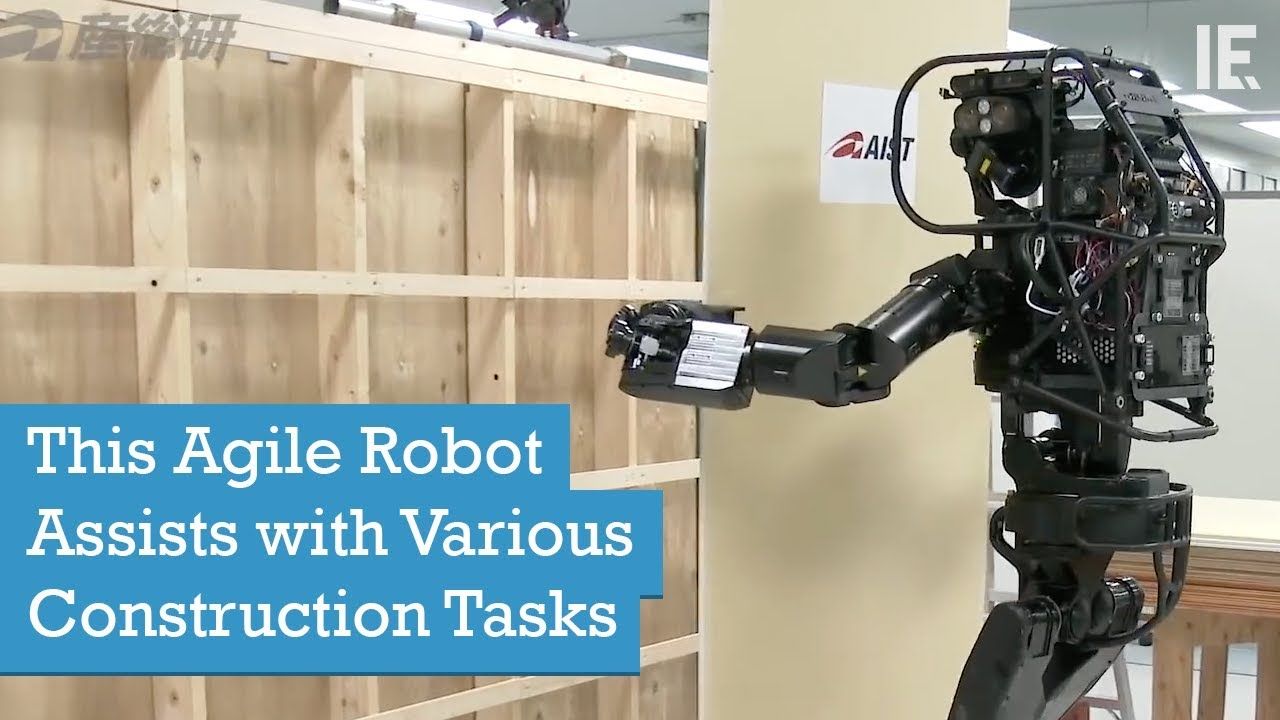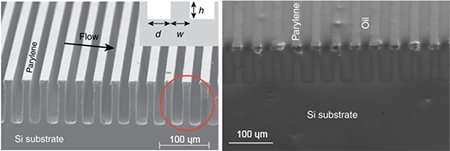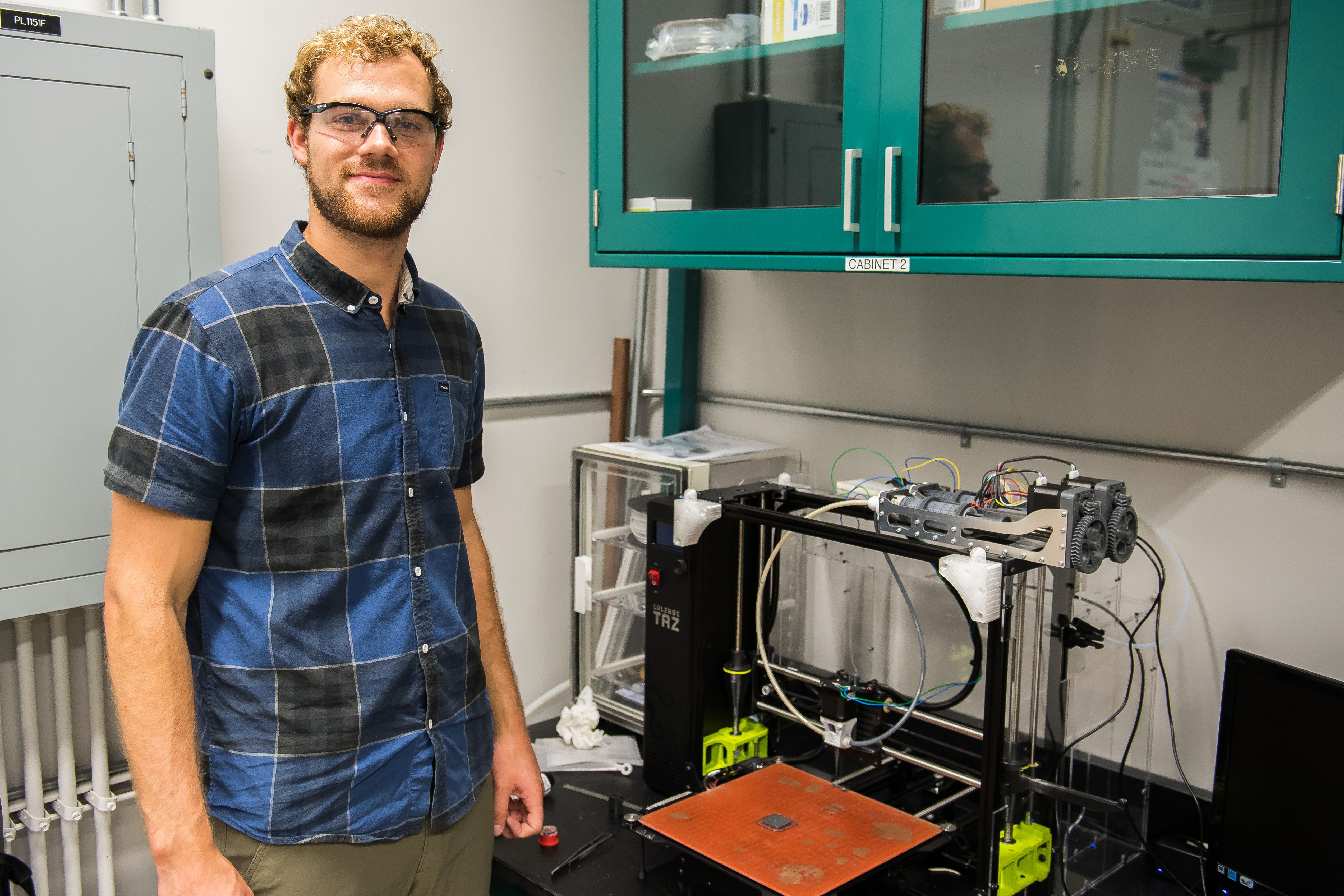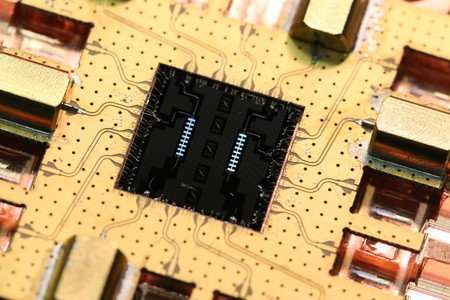Oct 14, 2018
Australia gets Women in STEM Ambassador in astrophysicist professor
Posted by Genevieve Klien in categories: computing, education, engineering, government
The federal government has announced the appointment of Australia’s first Women in STEM Ambassador, with Professor Lisa Harvey-Smith charged with overseeing the country’s attempt to diversify its science, technology, engineering, and mathematics sectors.
An astrophysicist professor, Harvey-Smith will specifically advocate for girls and women in STEM education and careers, aiming also to raise awareness in the male-dominated industry and drive cultural and social change for gender equity.
SEE: The state of women in computer science: An investigative report [PDF download] (TechRepublic cover story)
Continue reading “Australia gets Women in STEM Ambassador in astrophysicist professor” »

















